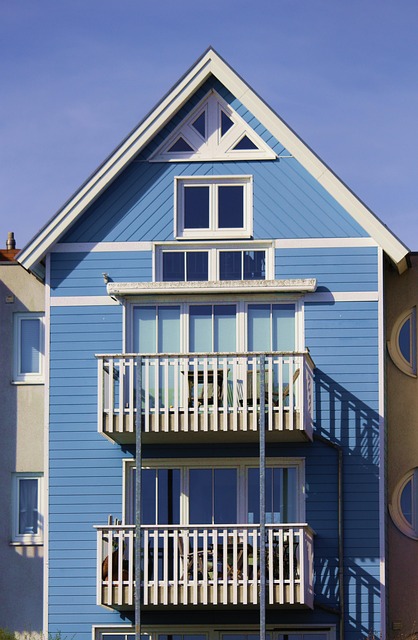Bungalows: Design, Uses, and Coastal Vacation Appeal
Bungalows are a distinct house type often associated with relaxed, accessible living and frequent use as short-term beach or coastal vacation accommodations. Typically single-story or one-and-a-half stories, bungalows emphasize indoor-outdoor flow, porches, and compact footprints that fit well on smaller lots. Their scale and layout make them especially suitable for seaside settings where easy access to the sand, natural ventilation, and proximity to the ocean are priorities for owners and guests.

Bungalows for beach settings
Bungalows are commonly chosen for beach settings because their single-level layouts simplify access between indoor living areas and outdoor spaces such as porches or decks. Many bungalows include large windows and covered verandas that frame views and encourage cross-ventilation, which can reduce reliance on mechanical cooling in mild coastal climates. Materials for beach bungalows are often selected for resistance to salt air and moisture—examples include treated wood, composite decking, and corrosion-resistant fasteners—though specific material choices should follow local building guidance.
Bungalows for vacation stays
As vacation accommodations, bungalows often appeal to families and small groups who value privacy, simple circulation, and proximity to the shoreline. Their compact size can make them more economical to maintain and easier to rent out when not in use, compared with larger multi-story homes. Layouts frequently prioritize a central living area with bedrooms branching off, creating flexible spaces that can serve as short-term rentals or seasonal second homes. Property managers and guests alike tend to appreciate mudrooms or covered entryways for sandy gear and wetsuits.
What defines a bungalow?
Architecturally, a bungalow is generally characterized by a low-pitched roof, a horizontal emphasis, a well-defined porch or veranda, and an efficient, open floor plan. The term has historical roots in South Asia; it derives from the Hindi and Bengali word for a type of small house and became popular in English-language architecture in the late 19th and early 20th centuries. Modern bungalow designs vary widely—from arts-and-crafts and colonial-influenced examples to contemporary coastal iterations—but the core idea remains a modest, accessible dwelling focused on practicality and connection to the outdoors.
Design considerations for coastal bungalows
When designing or adapting a bungalow for coastal conditions, prioritize durability and resilience. Elevated foundations or piers can reduce flood risk in areas prone to storm surge; corrosion-resistant materials and sealed assemblies are important where salt spray is common. Orientation and window placement promote natural ventilation and shade, while roof overhangs and shutters protect openings during storms. Landscaping choices such as native dune vegetation and permeable surfaces help manage runoff and stabilize dunes. Always verify local building codes and coastal setback regulations before finalizing design decisions.
Site planning near the ocean
Site planning for a bungalow near the ocean should incorporate shoreline dynamics, erosion potential, and flood zone mapping. Setbacks from high-water lines and awareness of long-term coastal change are essential for durability and insurance compliance. Consider practical matters such as access for vehicles and emergency services, placement of utilities (sewer, water, power), and on-site storage for beach equipment. Proximity to local services—lifeguards, grocery options, medical facilities, and municipal waste services—can influence usability for vacation guests and long-term occupants alike.
Bungalows offer a combination of approachable design and coastal appeal that suits many beach and ocean-adjacent lifestyles. Their single-level layouts and emphasis on porches and outdoor living make them a natural fit for vacation use, while careful material selection and site planning enhance resilience against coastal weather and environmental change. Whether used as a permanent residence, seasonal retreat, or rental property, thoughtful attention to local regulations, site conditions, and maintenance needs will help ensure a bungalow remains comfortable and durable in a coastal setting.






